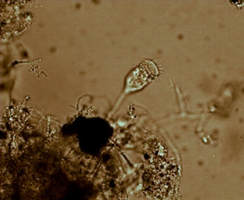
In addition to physical location in the biofilm/floc, you also need to consider how biological unit conditions can impact floc composition. Higher stress levels (pH, temperatures, toxic compounds, etc) encourage the production of protective extracellular polymer substances (EPS). The EPS acts as a permeable barrier between the microbial cell walls and the external environment. While necessary for building the floc aggregates, EPS can also cause non-filamentous bulking, problems with dewatering, or weak floc structure. Therefore, changes in EPS composition or quantity also changes the ecological conditions for organisms inside the floc.
While a system may be aerobic with D.O. levels measured at above 3.0 mg/L throughout a basin, the underlying biomass can have organisms experiencing aerobic, anoxic, and anaerobic environments. This variation in environmental conditions within biofilms requires us to think about environmental micro-niches. This explains why 16sRNA genomic testing often finds obligate anaerobic cultures in “aerobic systems”. Or how long sludge ages in industrial wastewater treatment can have anammox cultures. If you observe unusual behavior in biological waste treatment systems, you may want to look at potential micro-niches for the explanation.
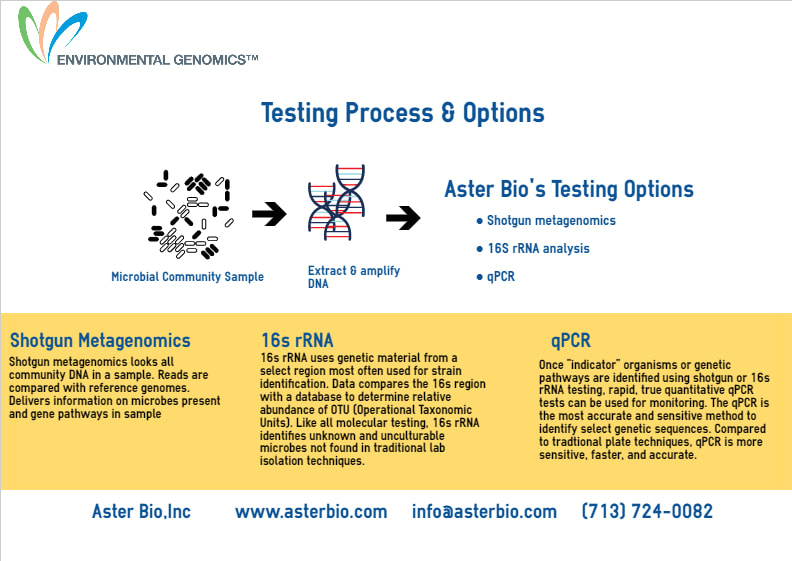
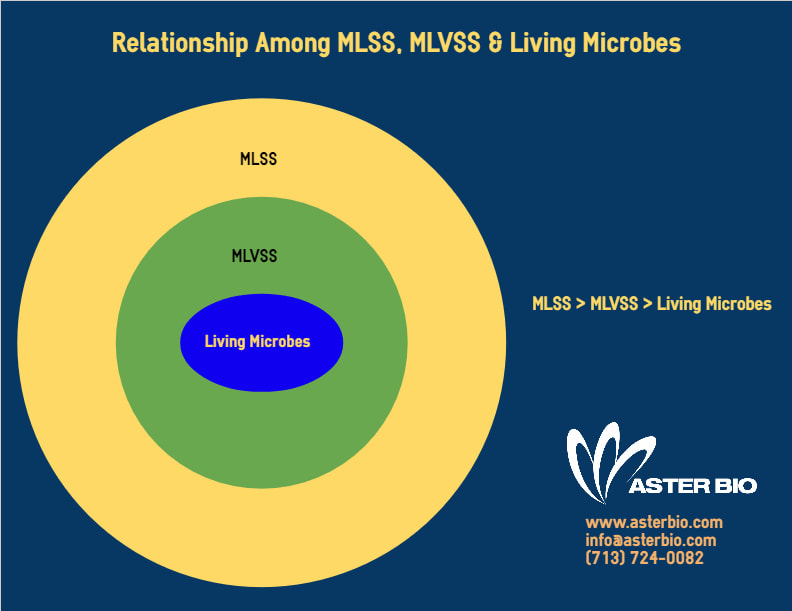
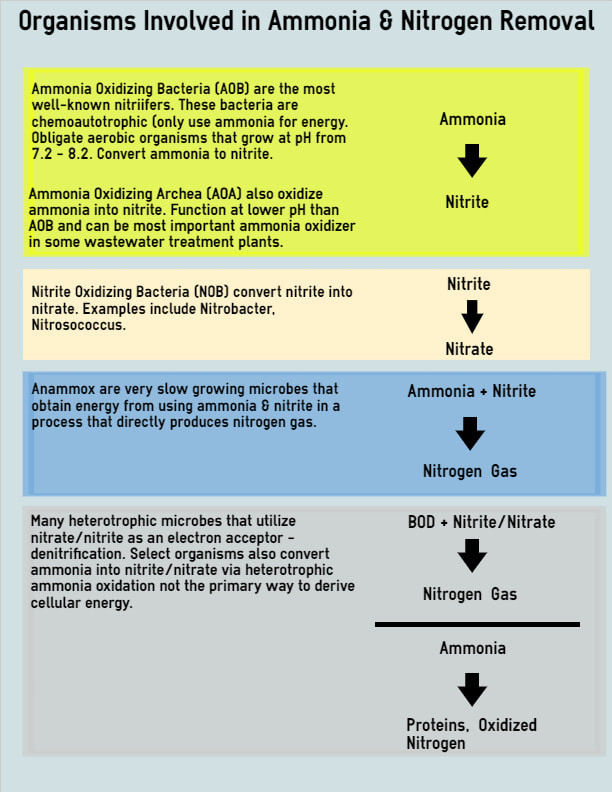
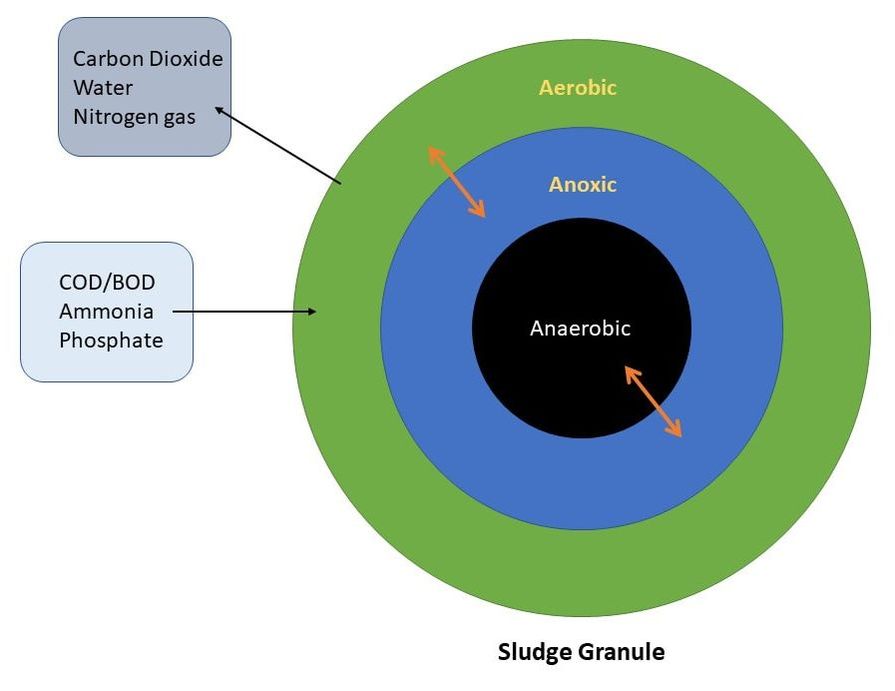
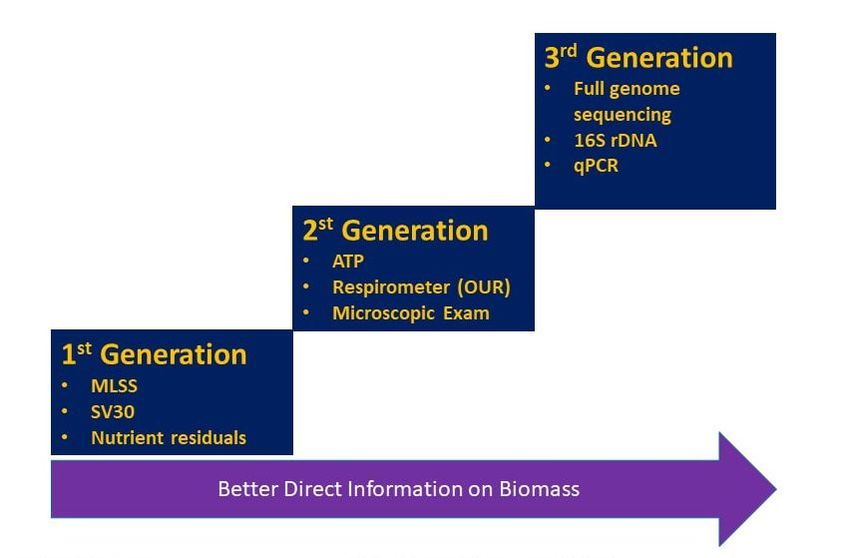

 RSS Feed
RSS Feed